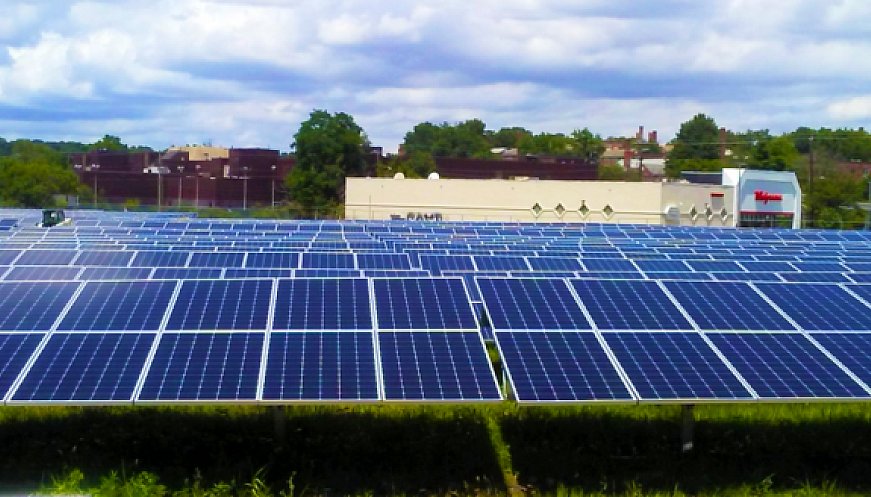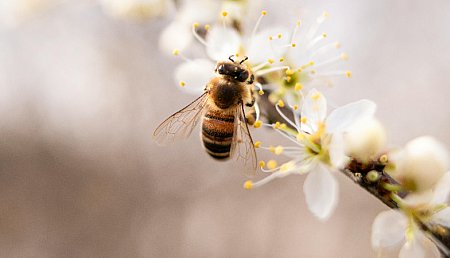 Photo: DC.gov | Dept. of Energy & Environment
Photo: DC.gov | Dept. of Energy & Environment
The city-run Oxon Run Community Solar Farm was built on polluted land in Washington, DC, and the power produced by its 8,000 solar panels cut in half the electricity bills of 700 low-income local families. Across the US, similar projects are expanding access to solar energy for lower-income residents or those for whom traditional installations do not make sense such as renters, people who do not own their roofs, and those with roofs unsuitable for solar installations. "Community solar becomes this democratizing element for electric customers," said Jeff Cramer of the Coalition for Community Solar Access (CCSA), "especially those that have been most left out by the clean-energy revolution and the grid of the past." The CCSA aims to provide community solar access to 10 million Americans by the end of the decade, and local officials are looking widely for potential sites, whether roofs, parking lot canopies or contaminated or other low-value land. Neighbors are also increasingly banding together to reduce prices by buying in bulk and sharing the often complex research and preparations required.
More:














